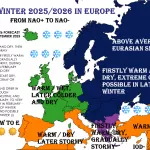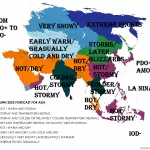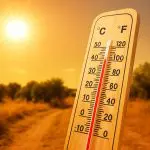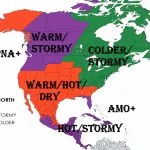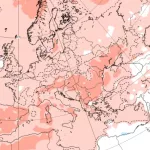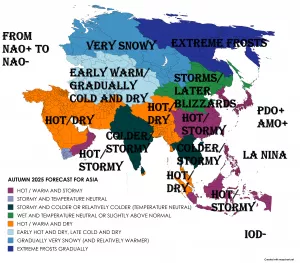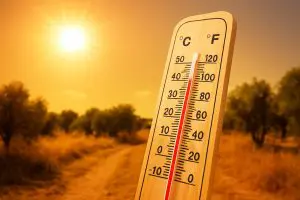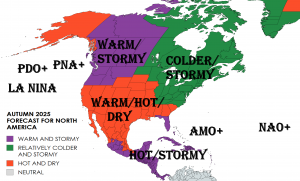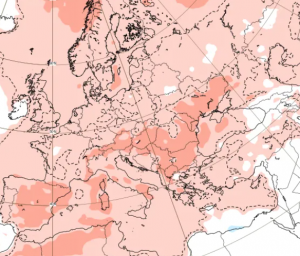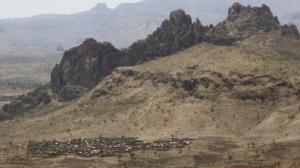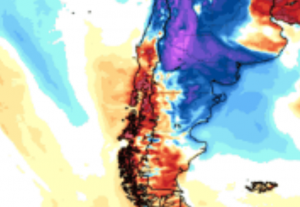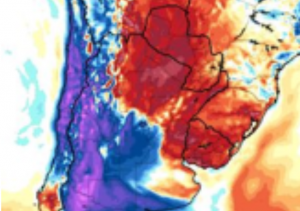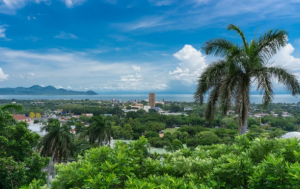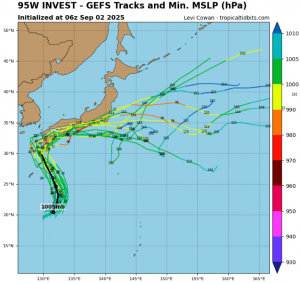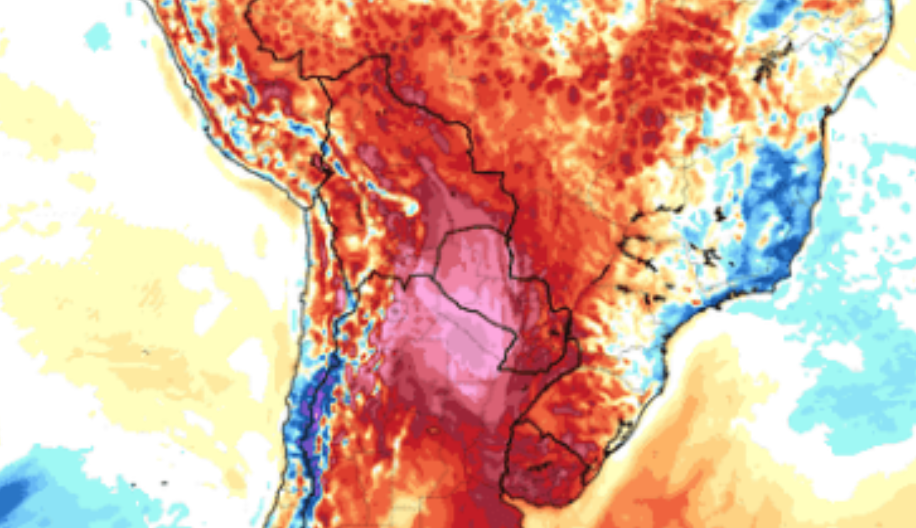
August 2025 has been marked by extraordinary heatwaves across parts of South America, with some of the highest temperatures ever recorded in the month’s history. Among the standout observations is Puerto Suarez, Bolivia, which sweltered under a scorching 39.8 °C on August 2025 — marking the second hottest August day ever recorded in the country. This intense heat highlights the growing severity of summer conditions in Bolivia, a nation increasingly vulnerable to extreme weather events fueled by climate change.
Across the border in Brazil, two towns shattered their own August temperature records. Both Alvorada do Gurguéia and Pedro Afonso, located in the northern state of Tocantins, recorded unprecedented highs of 39.2 °C, setting new all-time August records for the region. These temperatures are unusually high for August, which is generally a cooler transitional month in much of Brazil’s tropical belt. The relentless heatwave stretching across the central and northern parts of South America reflects broader climatic disruptions linked to global warming.
Meteorologists point to a powerful combination of persistent high-pressure systems, clear skies, and dry air masses contributing to these temperature surges. The intense solar radiation during the austral winter months in this part of the continent, combined with these atmospheric conditions, allowed temperatures to spike far beyond usual levels.
These record-breaking temperatures carry serious implications. For local populations, the heat increases risks of heat-related illnesses and places additional stress on health services. Agricultural sectors face mounting challenges as crops suffer from heat stress and drought-like conditions. Ecological systems too are under threat, with prolonged heat events impacting native flora and fauna adapted to more moderate seasonal variations.
This recent heat surge in Bolivia and Brazil is a vivid reminder of the escalating climate extremes gripping South America. The region is experiencing not only rising average temperatures but also more frequent and intense heatwaves, often during months previously considered mild or cool.
As the climate continues to warm globally, it is imperative for governments, communities, and scientists in South America to strengthen their monitoring and response mechanisms. Early warning systems, improved healthcare readiness, and climate-adaptive agricultural practices will be essential to mitigate the impacts of these extreme heat events.

Illustration picture: tropicaltidbits.com / extremetemps X

